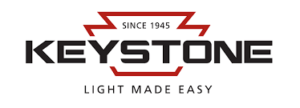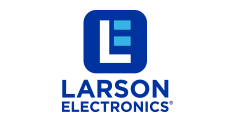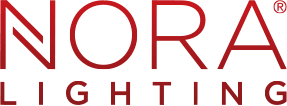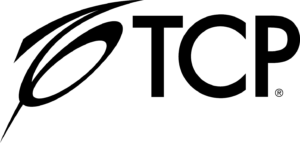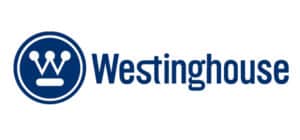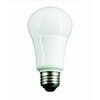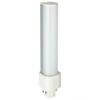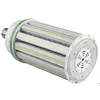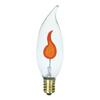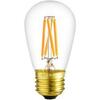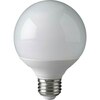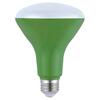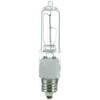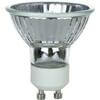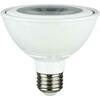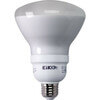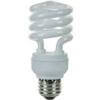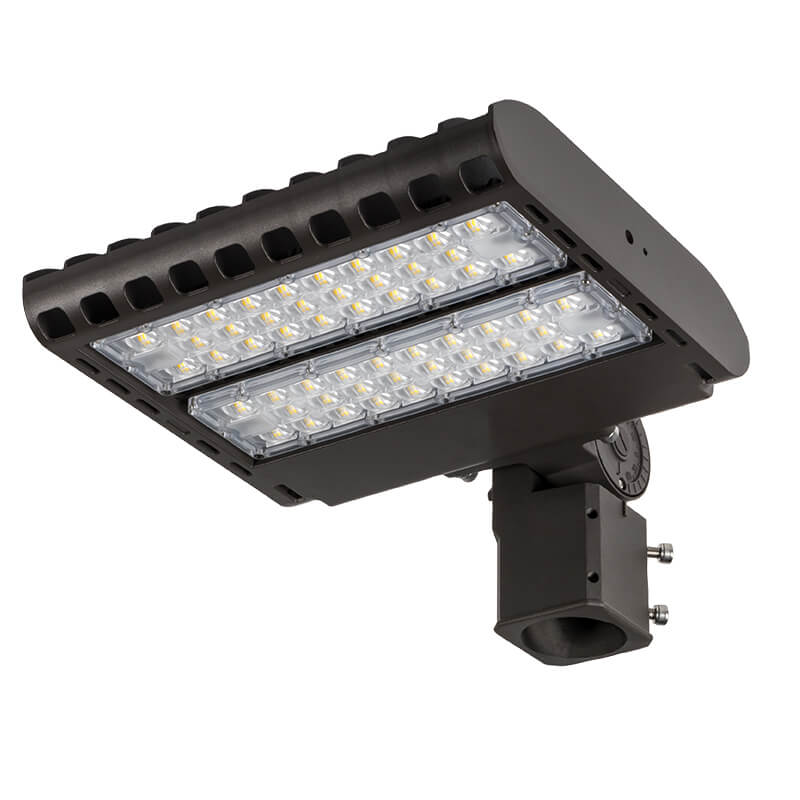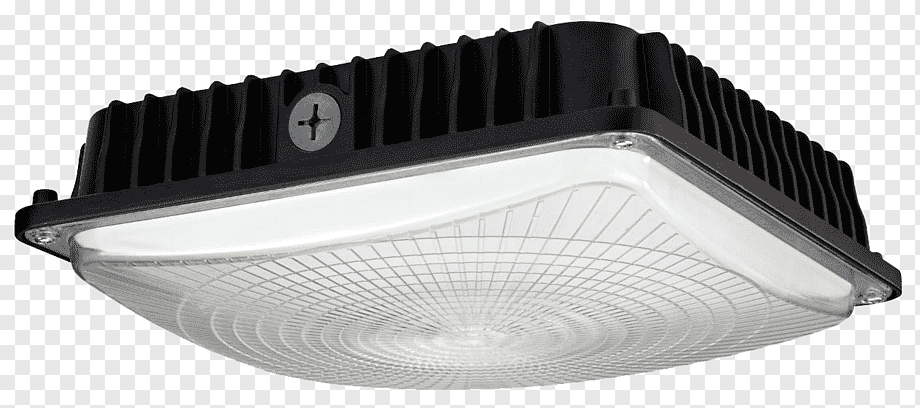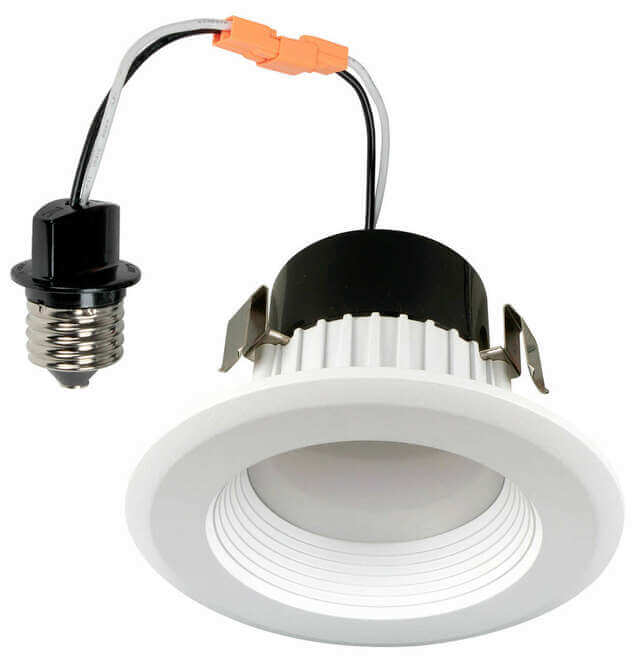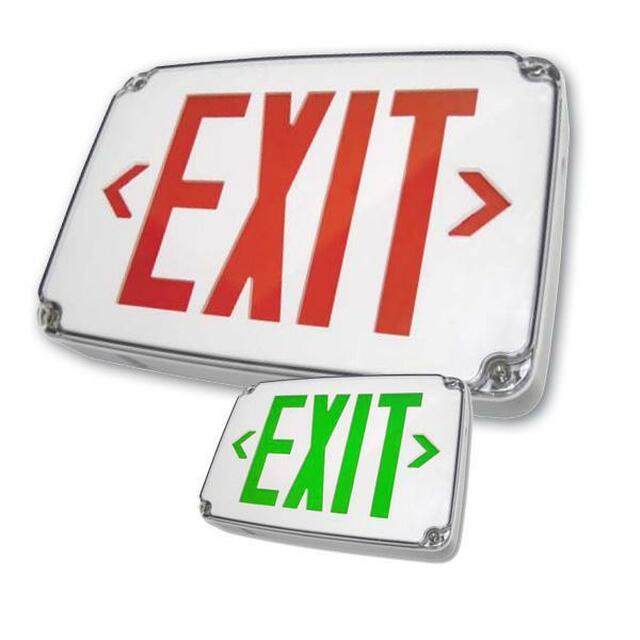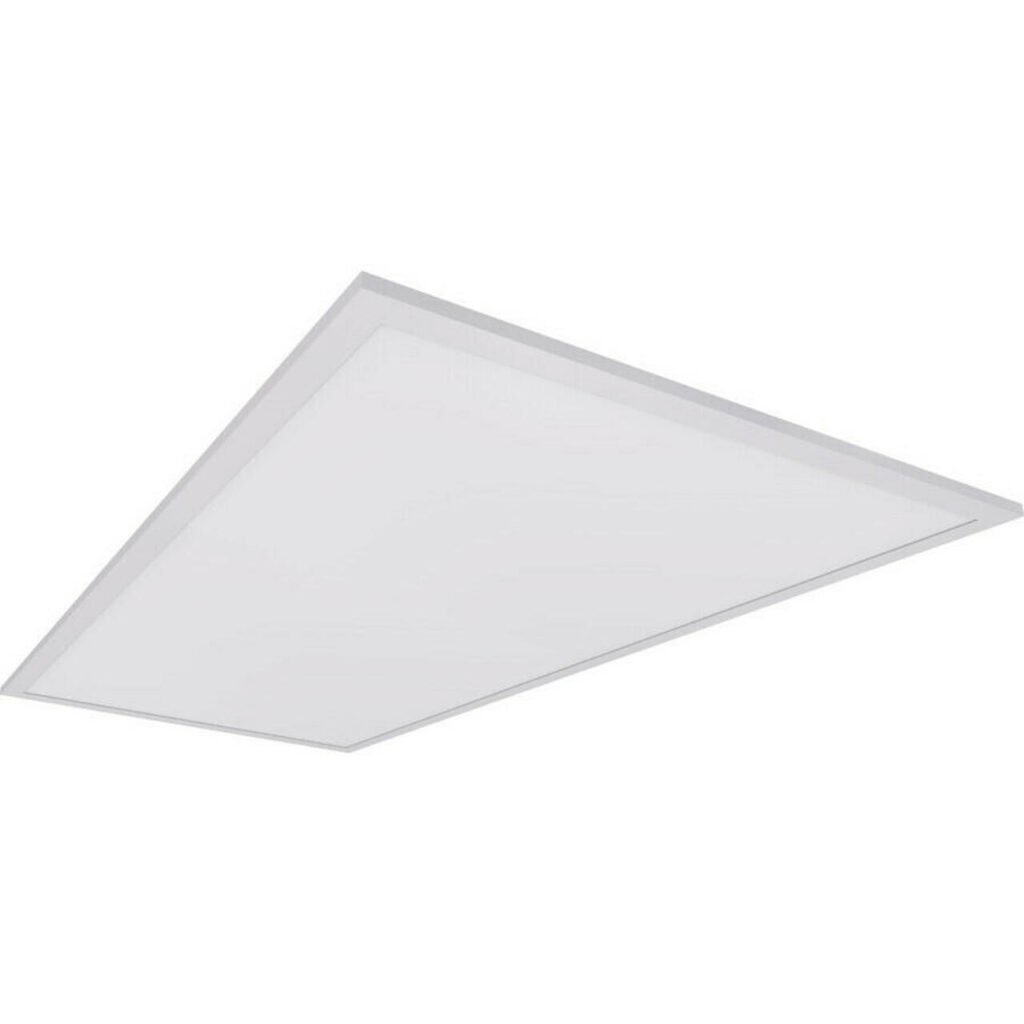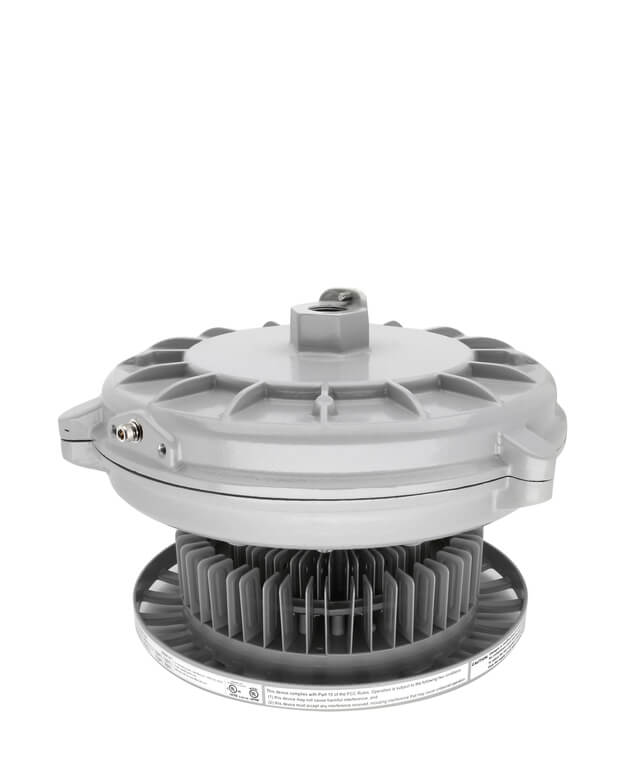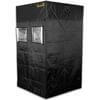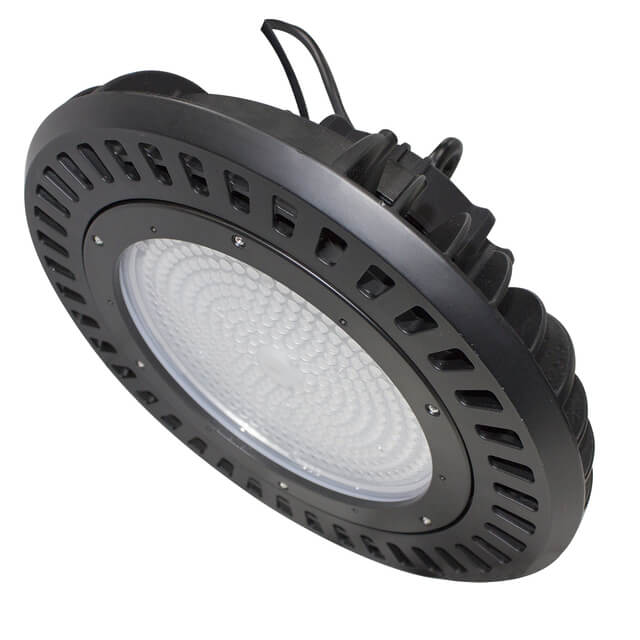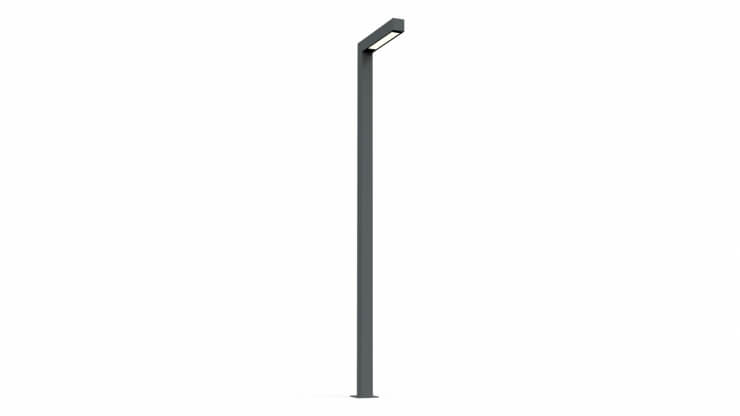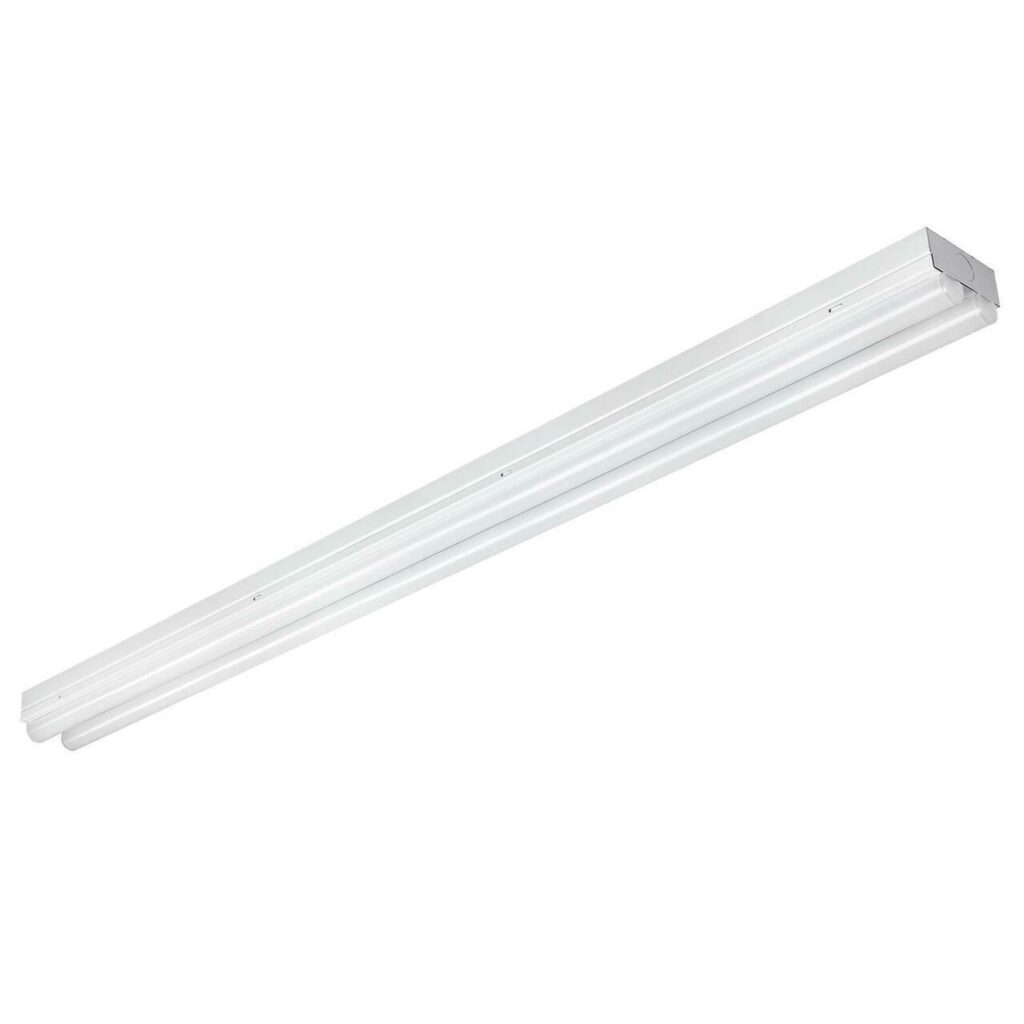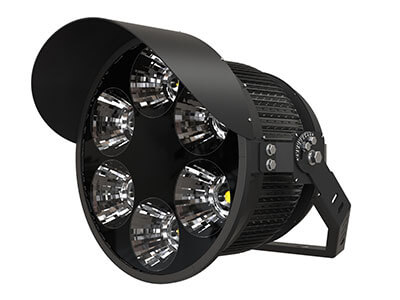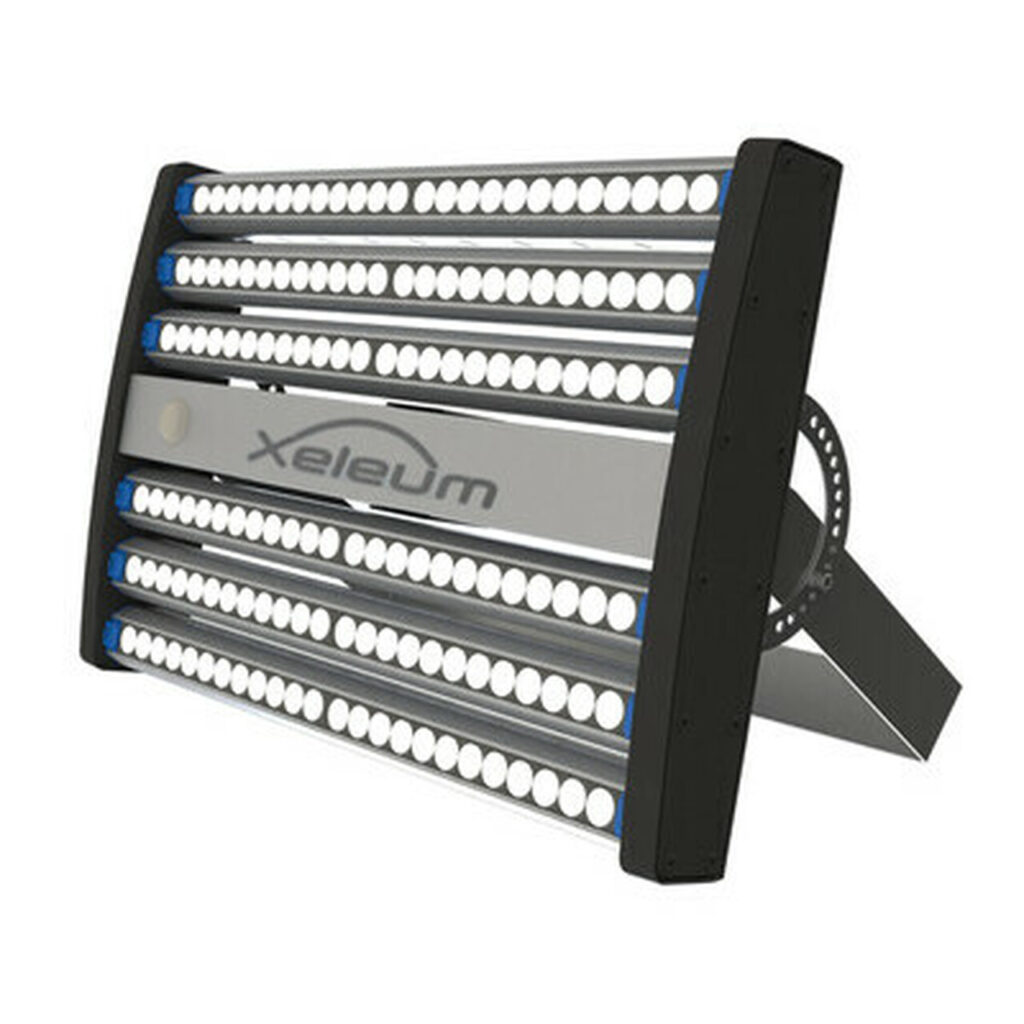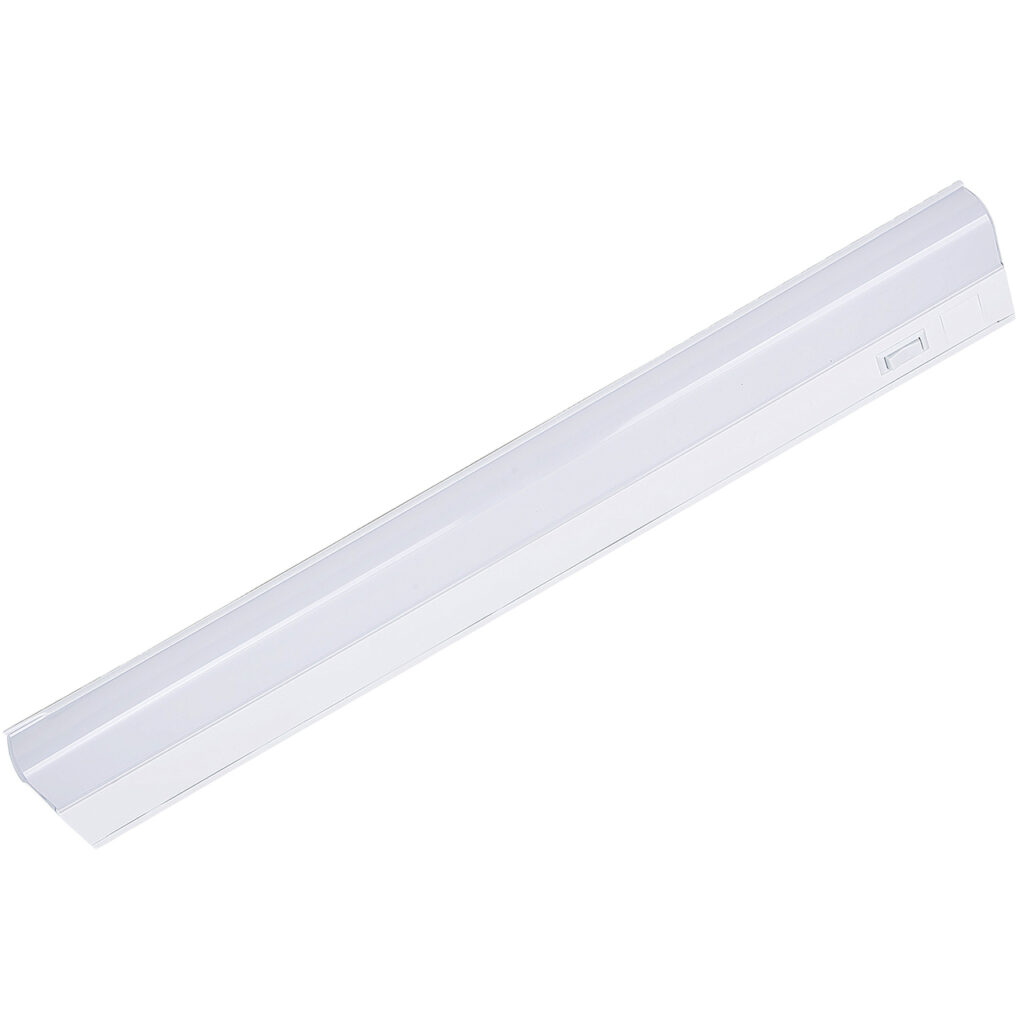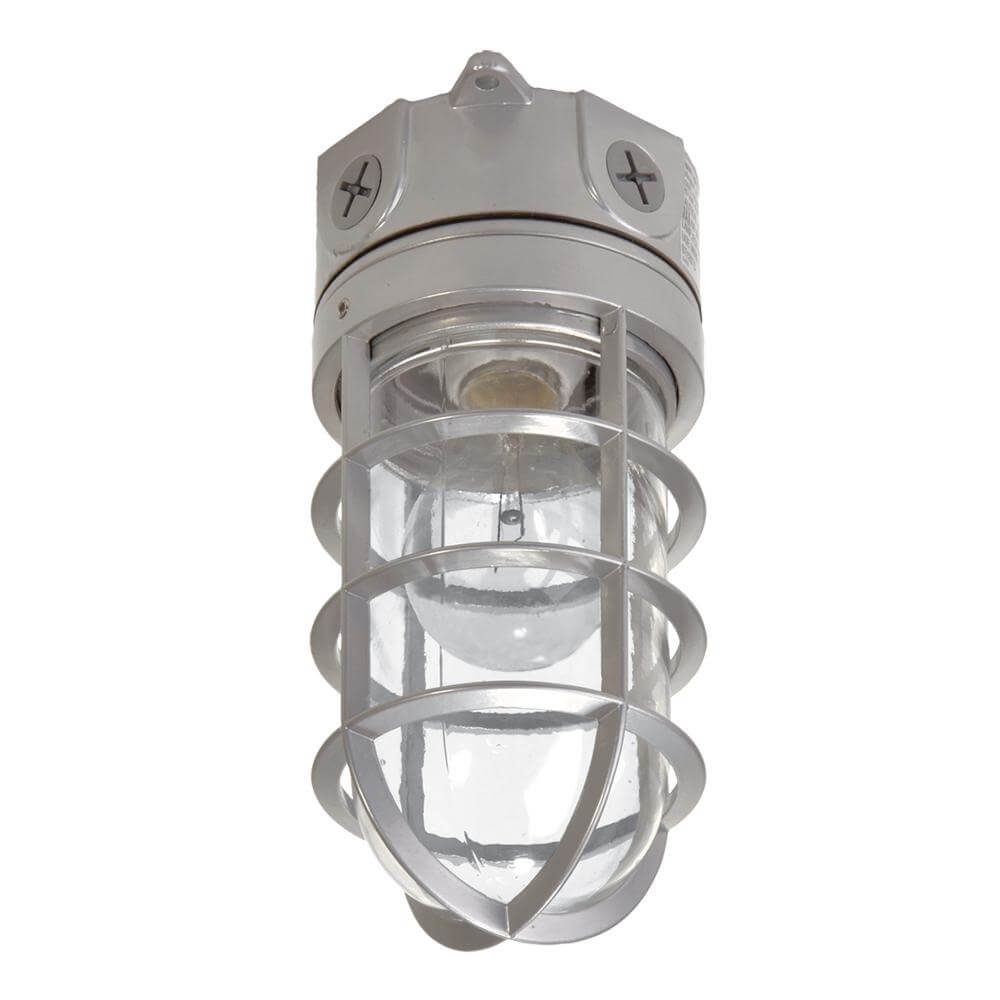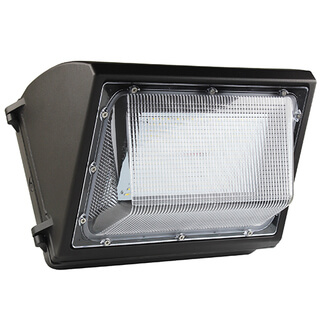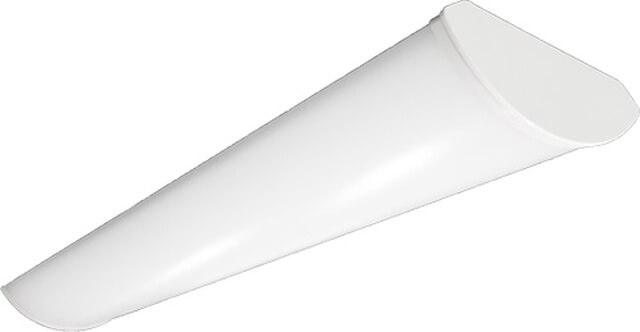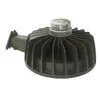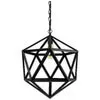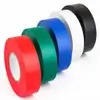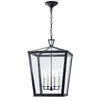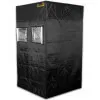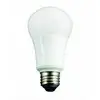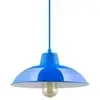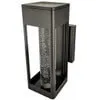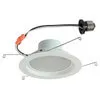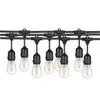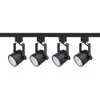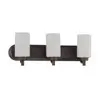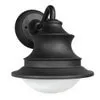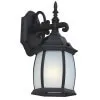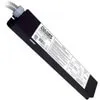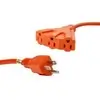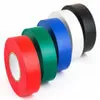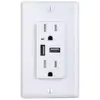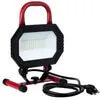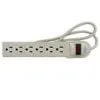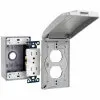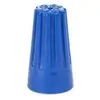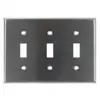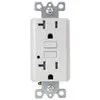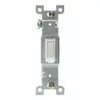There are more than 5.5 million commercial and industrial buildings in the US.
There are a lot of things to consider in any commercial building project to ensure it goes successfully and that the building is fit for its purpose. In recent years, it has become incredibly important to take environmental factors into account for new buildings. LEED Certification is something that’s widely used to help ensure this.
So what is LEED Certification? Keep reading to find out.
What Is LEED?
LEED (Leadership in Energy and Environmental Design) is a rating system for green buildings – the largest system of its kind globally. It’s used to lay out the framework for efficient, cost-effective green buildings and can be applied to almost every building type.
The LEED rating system can be used for a range of aspects of building elements. This includes new construction, operations, maintenance, interiors, and core and shell. The system is globally recognized as a mark of sustainability achievement and leadership.
What Is LEED Certification?
LEED certification is the program that facilitates the LEED rating system. Buildings may display plaques when they’re LEED certified to highlight the achievement. To get this accreditation, a building must meet or exceed specific requirements as set out by the GBCI (Green Business Certification Inc.).
In most cases, buildings that achieve LEED certification are relatively energy-efficient. Various other sustainability objectives can also play a part. Some of the things that may be assessed include:
- Sourcing of building materials
- Water usage
- Reduced reliance on cars (based on location)
- Surrounding ecosystem integration (helping to preserve biodiversity)
- Energy-efficient lighting products
When a building is designed with the LEED scoring system in mind, it can result in various benefits. Typically, these buildings are more comfortable for the occupants and better for the environment.
An example of a design choice to consider for this is lighting. Warehouse lights or kitchen lights in a residential setting, for example, could use LED bulbs that need less power than traditional bulbs.
It can also help designers and engineers consider various factors and risks that could be easily overlooked. They’ll think about things like the impact on the surrounding area, energy usage, geographical location, and more.
LEED Certification Levels
When a building is graded, it will be assessed against various guidelines. The USGBC (United States Green Building Council) carries out a review process and will grade a building. The building will then receive a score that determines if it receives the certification, and at what level:
- LEED Certified: 40-49 points
- LEED Silver: 50-59 points
- LEED Gold: 60-79 points
- LEED Platinum: 80 points or more
Realistically, a building will only be able to achieve LEED certification if the various factors are considered early in the design stages. This can allow the designer to set out a specific list of objectives at the start. These can then be followed throughout the entire construction process.
The construction process itself should also be green. This means thinking about the environmental impact based on things like waste production and energy usage.
LEED Rating Systems
There’s a range of LEED rating systems that apply to different types of projects and properties. These include:
- BD+C – Building Design and Construction: new projects or major renovations
- ID+C – Interior Design and Construction: complete interior fit-out projects (e.g. commercial interiors, hospitality, retail)
- O+M – Building Operations and Maintenance: improvements or minor renovations of existing buildings
- ND – Neighborhood Development: relates to the sustainability and connectivity of entire communities
- LEED for Homes: single residential properties (e.g. single-family homes, low- to mid-rise buildings,)
- Cities and Communities: energy use, water consumption, waste production, transportation, and human experience for whole cities and sub-sections
- LEED Zero: projects with a goal of net-zero waste, water, energy, or carbon resources
- LEED Recertification: buildings that already have LEED certification – for maintenance and improvement
Having these different rating systems is ideal. Things can vary greatly between different types of properties, so having one system for all types wouldn’t be viable.
How and Why Does LEED Evolve?
LEED has changed a lot over the years and continues to do so. This goes hand-in-hand with changes in building types and technological advancements. It’s also a result of our improved understanding of the environmental impacts of buildings.
As we learn more and make improvements, the standards of what makes something “green” tend to increase. The USGBC regularly reviews the guidelines set out by LEED and makes changes where appropriate.
An example of a recent addition is a credit related to high-rise buildings. Reducing bird deaths with patterned glass can help a building achieve LEED certification.
What Is Green Building?
Green building means understanding the effects that come with building construction. This includes both positive and negative environmental effects, and how they can impact people that inhabit and use buildings.
The aim is to amplify the positive and minimize the negative effects. This begins at the point of conception and lasts throughout the lifespan of a building.
There are three pillars of sustainability:
- People
- Planet
- Prosperity
When a green building is well designed and constructed, all three of these elements will benefit. While green buildings can vary significantly in specific design choices, they all tend to follow the same basic framework. This considers the same types of factors such as materials, location, and energy use.
Your LEED Certification
To achieve LEED certification for a project, you need to consider the various factors early on. How you design a building from the start will determine the final results.
Lighting can be a crucial element here. This is true of both commercial and residential lighting solutions. Lighting & Supplies can assist with both of these.
We have products from a range of leading brands, and also sell various electrical supplies. You can find out more about how our lighting options can help with your project by clicking here and checking out some of our other articles.
At Lighting and Supplies, our team of knowledgeable lighting experts is here to help. Whether it’s a residential or a commercial lighting project, we have everything you need. Start by contacting us or calling 888-325-4448 so we can collaborate on the most effective use of your resources.




